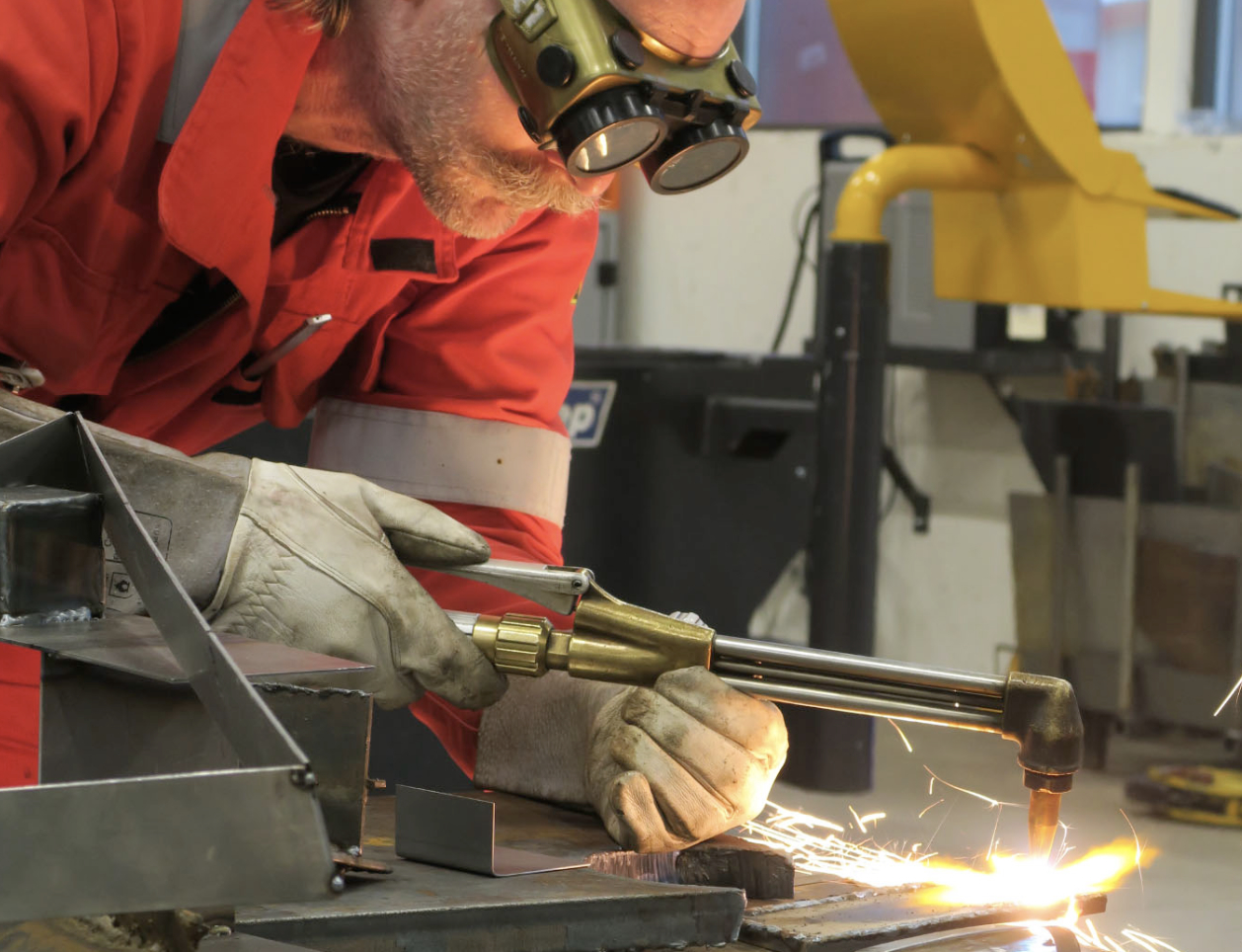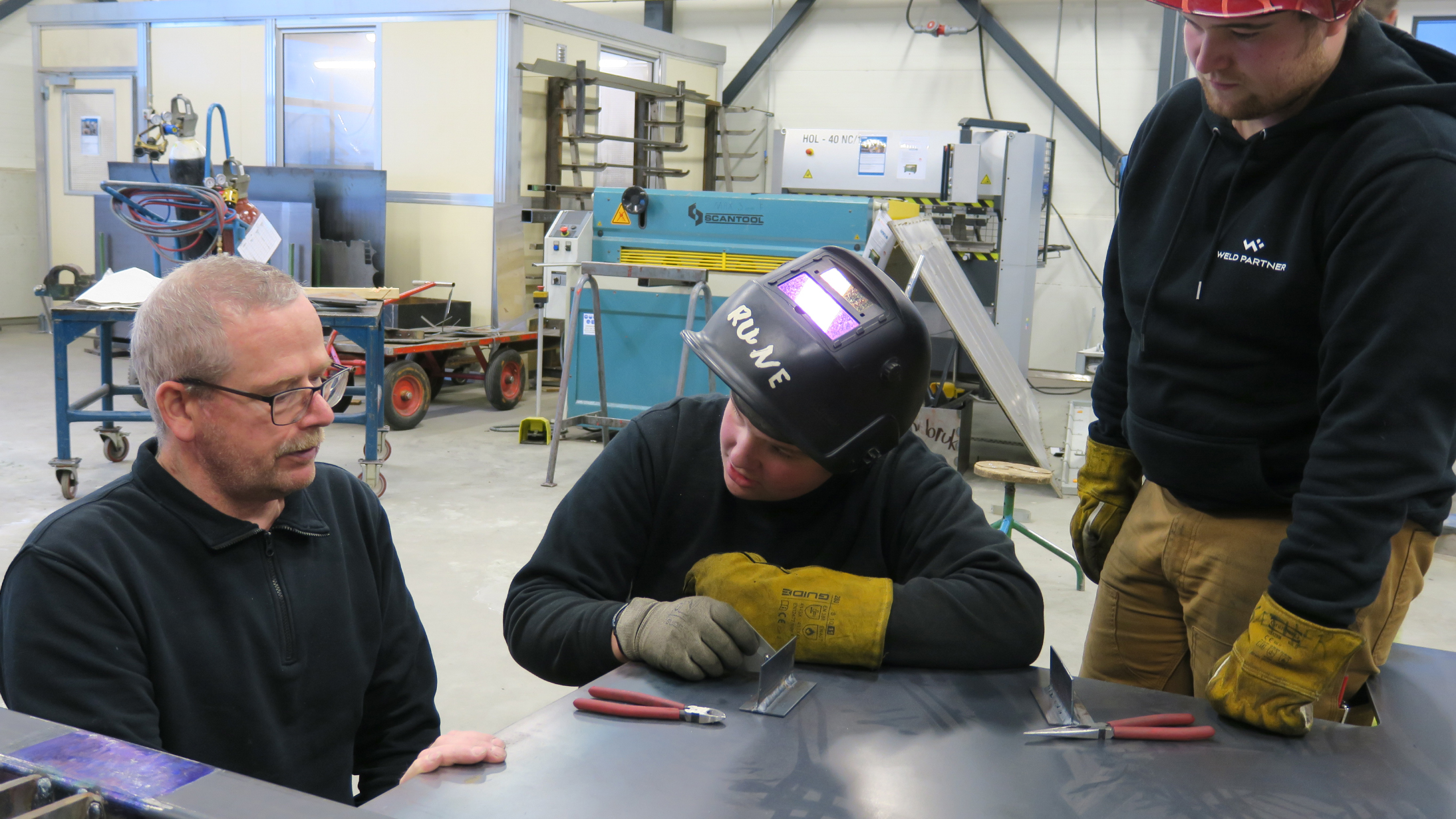Silent knowledge is not easy to fold into computer programs, digitalization processes, digitalized training programs or even on paper, despite it is many industrial companies` most important resource.

A VET practitioner in action
Blind belief in digitalization processes often stifles important knowledge. Employees stil too often experience VET systems as less relevant, because the training solutions do not address the staffs "silent knowledge", for instance experiences obtained at work. Thus, VET must acknowledge and better support creation of "silent knowledge" in parallel with creating strategies for digitalization.
From the world of kitchens, it is well known that chefs perfect their cooking by smelling, tasting, adding ingredients, tasting again and seasoning. Until the dish gets its unique taste – a fruit of "silent knowledge". Such "silent knowledge" it's not easy to fold into computer programs, digitalization processes, digitalized training programs or even on paper! "Silent knowledge", however, is indeed many industrial companies' most important resource.
Various amounts of "silent knowledge" can be found by employees in almost all workplaces. In the seller who understands how to talk to their customers to convince them. And by hairdressers who feel the scissors is an extension of the arm. Unfortunately, the challenge is that digitalized training programs struggle in including the "silent knowledge", since it is not possible to digitalize it.
"Silent knowledge" experiences may only be delivered through work based delivery of training and learning processes - if possible with in-company mentoring support - and in combination with application of recognition of previous learning (RPL) at the individual student level as well as class group level.
Despite of this, company managers are increasingly pointing out that digital solutions and digitalization of manufacturing processes are crucial to the business. "We have to adapt, whether we want to or not" is a typical phrase and statement that is too often repeated. But when companies shift all their attention to digital systems, they run the risk of employees not being able to renew their "silent knowledge". In the worst case, that it is deteriorating, whereby the company is thus not allowed to benefit from it.
"Silent knowledge", however, is usually transmitted through trial and error and only together with other personnel. That is precisely why the ancient training model "teacher trainer apprentice" is so effective and well known. This is why blended learning system solutions in VET should apply work based learning and training solutions that demonstrates that a lot of knowledge that sits in the employees' heads and hands, can neither be captured nor stored within digitalization processes alone. This observation is valid for training and learning processes too.

